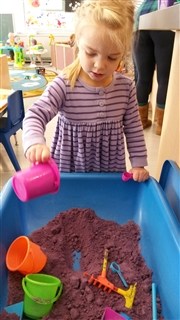By Dorothy Halverson
Balancing a busy life, particularly one that involves children, requires persistent thought, prayer, selflessness, wisdom, and yielding to God’s will. Recently, I asked several parents what balance in the home looks and feels like to them. They responded with:
- “a warm sense of togetherness”
- “time for Bible lesson study”
- “engagement with our children, spouse, and others”
- “having the ability to be flexible and to adapt”
- “feeling present with each thing I’m doing, rather than feeling conflicted”
- “a true sense of peace”.
The Bible tells us that Jesus calmed the wind and the sea when he gave the command, “Peace, be still.” (Mark 4:39) What a promise this holds for each of us trying to balance family life with work and various other demands. When I seem to have a lot of projects to handle in a certain amount of time, I try to step back mentally and spiritually and ask God what needs to be done. When I am earnestly listening, I often discover that what I think is most important to accomplish is not always part of God’s plan. I am learning to trust, and as I cultivate a sense of inner peace, I gain a greater sense of calm and dominion in my daily activities. As I work to glorify God in everything I do, I find that by the end of the day everything has fallen into place. Peace provides such a solid foundation for accomplishing that long list of “to do’s.” When we operate from the basis of glorifying God, and from a desire to do what’s best for our children, priorities become clearer because we have eliminated a lot of the extraneous clutter in our thinking.
Some practical ideas that parents have found helpful in establishing balance in their home include:
- delegating responsibilities
- planning meals for the week
- creating a weekly schedule
- designating spaces in your home where young children can play safely and independently
- planning monthly date nights with your spouse
- establishing a specific time each day to connect with your spouse without television and other distractions
- spending some “down time” during each day preparing your thought (e.g. reading Christian Science articles and hymns, reflecting, praying, and quietly giving gratitude).
One of the truly wonderful promises in settling for nothing less than peace and harmony is that life will take the shape that is uniquely right for you. Glorifying God in all we do brings a calm sense peace and balance.

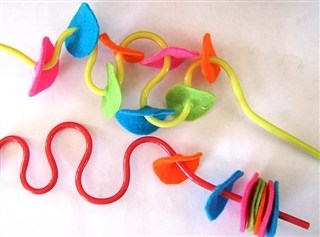

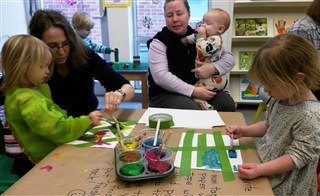
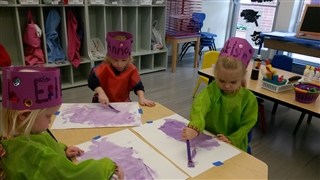
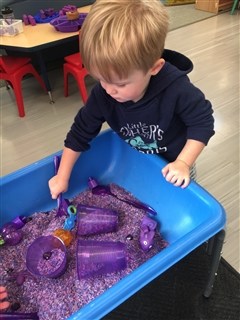
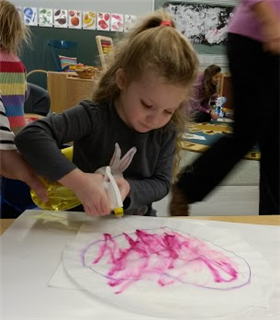
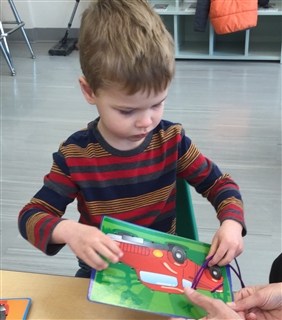
 Shoelace
Shoelace